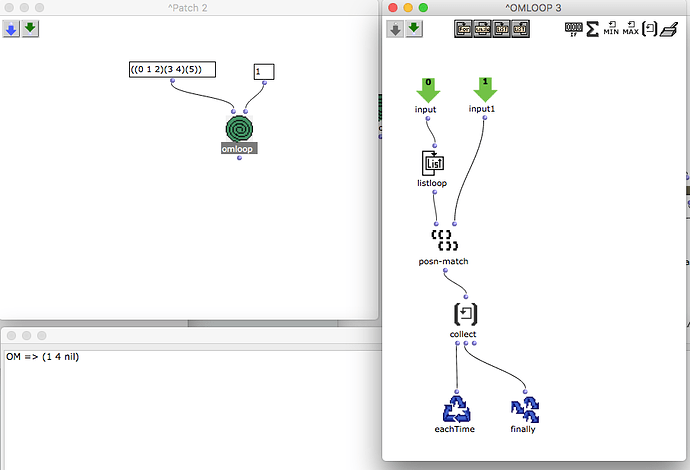Hi!
I have a list of lists ((0 1 2) (3 4) (5)) and I want to get out of it a new list ((0 3 5) (1 4 nil) (2 nil nil)).
I am using the posn-match object and when I use it with individual positions, for example 1, I get my (1 4 nil).
When I use a loop the “possitions” input in order to get the total list, by looping for example the list '(0 1 2) in the “positions” part of the posn-match, I can not get the desired result. I tried different loops and unfortunately I am missing something…
Can anyone help?
Thank you,
Dimitris



